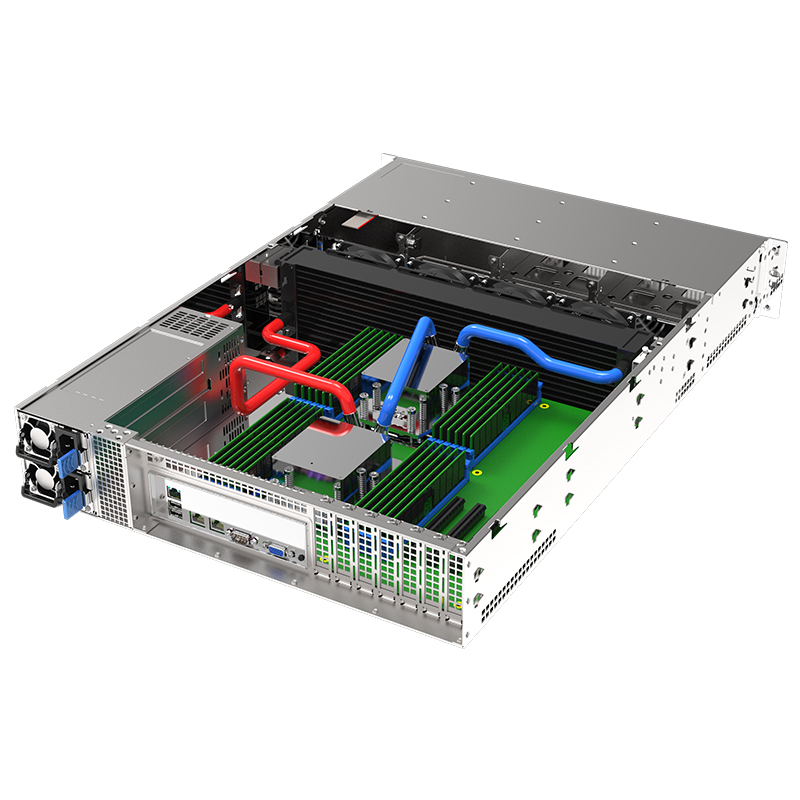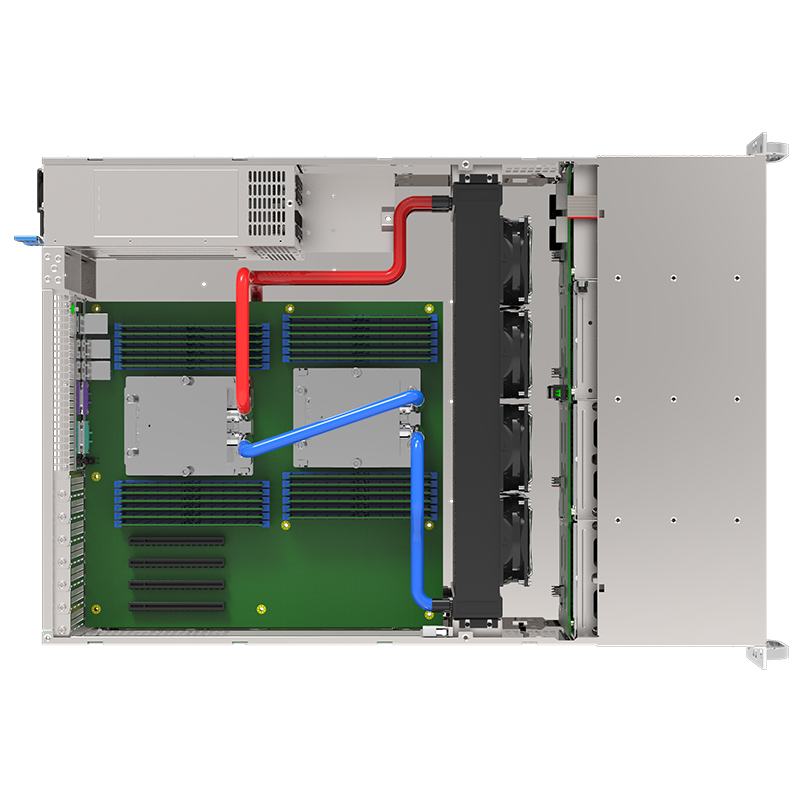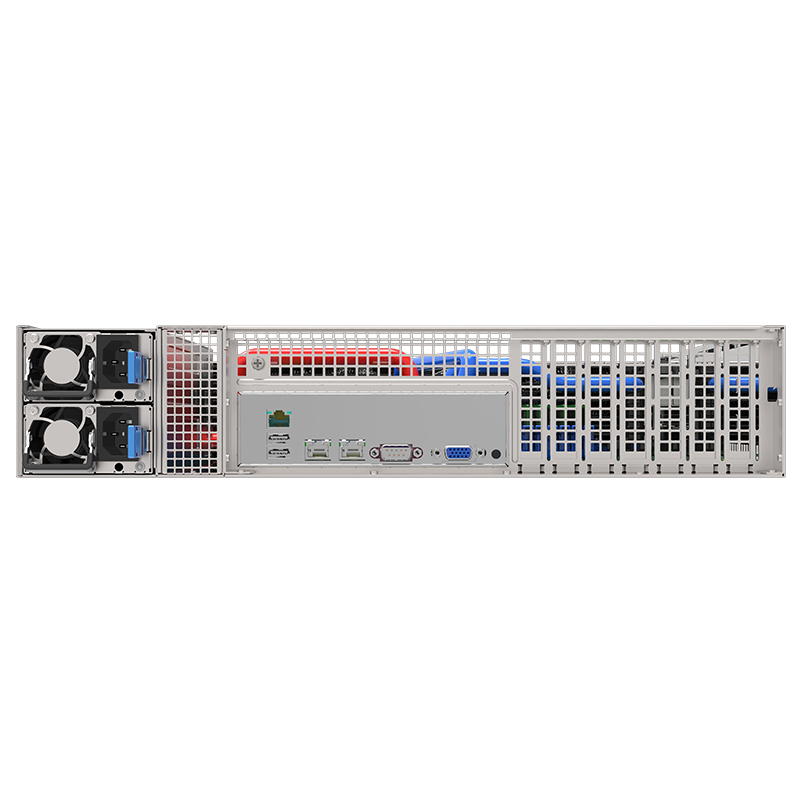## Getting the Lowdown on Liquid-Cooled vs. Air-Cooled Server Chassis

When you’re running a data center, cooling the server chassis is super important—like, really, really important! It’s not just about keeping everything running smoothly; it actually helps your servers last longer. So, you’ve got two main ways to cool things down: with liquid cooling and air cooling. Although both do the same job of getting rid of excess heat, they each have their own methods, which can really affect efficiency, costs, and where you might want to set them up. Let’s break it down and see what fits your data center needs the best.
First off, let’s dive into how these guys actually cool things. An air-cooled system is pretty simple; it uses fans to blow cool air over the components while pushing hot air out. Setting this up is a breeze. On the other hand, liquid cooling? Now that’s a whole other story! With liquid cooling, you’ve got a cooling fluid—typically water or some fancy coolant—flowing through pipes that touch the heat-generating parts. The liquid does the heavy lifting by soaking up heat and carrying it away to radiators, where it dissipates. Just keep in mind, this method is a tad more complicated and you really need a tight setup to avoid leaks.
Then, there’s the efficiency angle. Air cooling does the job, but if things heat up too much—like in crowded server rooms—it can run into trouble. Air doesn’t handle heat quite as well as liquids do, so under pressure, it might not keep things cool enough. Liquid cooling, however, totally crushes it when it comes to transferring heat. With a higher heat capacity, these systems are great for keeping temperatures down, especially if you’re dealing with heavy workloads like high-performance computing (HPC) tasks. So, if your setup is all about those intense workloads, liquid cooling is definitely where it’s at.
Now let’s talk about costs. Air-cooled systems are usually cheaper to get going since they rely on fans and ductwork—which won’t break the bank. But just a heads up: they might end up costing more in the long run because they’re not as efficient, especially in tough conditions. Liquid-cooled systems, on the flip side, often need a bigger initial investment because of the fancier equipment—think pumps and radiators. Still, you might save on energy costs over time and could even skip the need for extra cooling stuff like air conditioners down the line.

Finally, let’s think about where each method shines. Air-cooled systems are fantastic for smaller to medium setups where heat output isn’t sky-high. They’re easier to manage, and honestly, that lower upfront cost is super tempting! But if you’re running a large-scale data center with heavy-duty needs—like for scientific research or huge cloud computing tasks—liquid cooling is definitely your best friend. It can deal with those big thermal loads way better and generally gives you improved efficiency and reliability.
To sum it all up, picking between liquid-cooled and air-cooled server chassis really comes down to what your data center specifically needs, your budget, efficiency goals, and how big your operation is. Air-cooled setups are simple and can be cost-effective in certain situations, while liquid-cooled options might offer better cooling performance and long-term energy savings in those demanding environments. It’s really about weighing the differences to keep your data center running like a well-oiled machine.

Post time: Jul-28-2025

